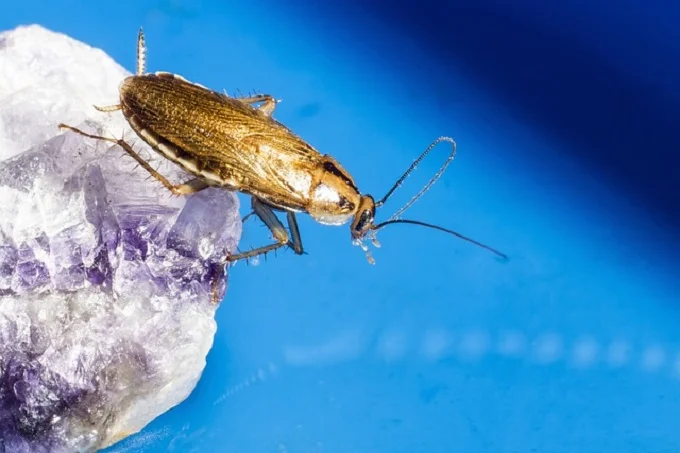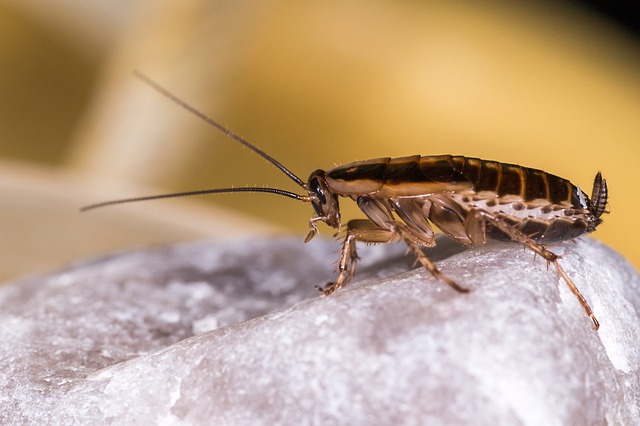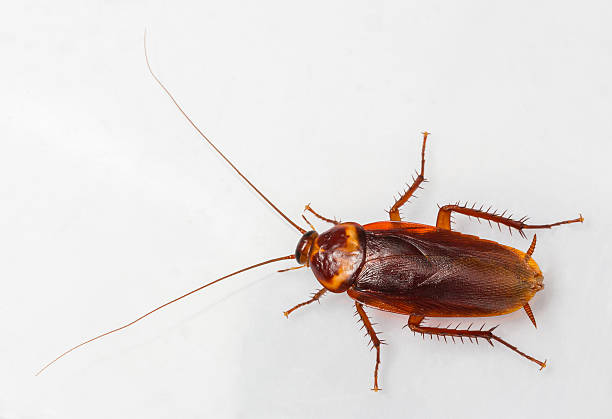What role do cockroaches play in nature?

Cockroaches degrade organic matter. They can break down cellulose in wood, enhance soil quality by digging holes, and provide food for various animals.
A dark brown cockroach’s back shines slightly and has faint stripes. It shuffles with the finest spikes on its black legs. Its lengthy antennas scout the area for food or a suitable hiding spot. Cockroaches may be found almost everywhere, even beneath a closet or in a pile of your clothing.
These bugs are revolting. In the perspective of the majority of people, they personify everything filthy and revolting. They emerge from sewers and kitchen sinks, softly fleeing at the first hint of light, searching for food and dirty cupboards. Cockroaches are linked to microorganisms that cause a variety of human ailments. The cockroach is the number one adversary of the locals.
While they have a well-deserved reputation, these insects have been around for hundreds of millions of years, long before humans or monkeys roamed the world. Cockroaches play an important role in our ecology, accounting for 24% of arthropod biomass in tropical canopies.
The distinction between wild and city cockroaches
Cockroaches that reside in apartments and those that live in the wild are not the same. Blattodea is the order of cockroaches (also belongs to termites ). Blattidae and Blaberidae are the two families that make up the majority of cockroaches. The Blattidae family includes plague cockroaches, the most well-known of which are the American cockroach( and the German cockroach( Blattella germanica) (although the latter actually belongs to the Ectobiidae family).
However, out of over 4,000 cockroach species, only 70 are considered terrible pests. The other 3930 arthropods make up one of the biggest groupings of arthropods, and they play a major part in the natural world’s drama. Cockroaches make up roughly 24 percent of arthropods (a kind of six-legged animal that cockroaches belong to) in tropical canopies, according to one research that startled entomologists!

The majority of wild cockroaches are necessary for the environments in which they live. Unfortunately, numerous thieves have tainted their image by raiding our grocery shelves and spreading diseases that are harmful to people.
Collectors of garbage
Cockroaches are omnivorous, consuming both plants and animals, and are not picky about what they eat. They are also decomposers, meaning they devour dead and rotting stuff. As a result, they are among nature’s greatest waste collectors.
There are no funerals, no burials, and no reverence for the dead in nature. Other creatures can consume and get energy from dead materials since they still retain nutrients. Larger decomposers like vultures will devour most of the corpse flesh, while smaller decomposers like bacteria, nematodes (tiny worms), and fungus will break it down into much smaller nutrients. Like the nutrient cycle, it helps the soil and the ecosystem.

Despite their omnivorous nature, cockroaches are most known for their ability to break down cellulose in wood. Cellulose is a tough carbohydrate to break down because it is a stable polymer hindered by lignin, a protein that makes it highly hard and persistent. Many insects and animals cannot digest cellulose because they lack the bacteria required to break down the bark. This is not a concern for cockroaches or their cousins (termites).
Cockroaches can restore the wood to the soil thanks to their fellow woody bacteria.
Cockroaches are a source of food for other animals
Cockroaches are a major part of the nutrition for many animals. Cockroaches are a favorite food of meerkats. Cockroaches are eaten by lizards, snakes, spiders, and even other insects, in addition to the meerkat. Some parasitic wasps deposit their eggs inside cockroaches, providing free food and shelter for their offspring.
Cockroaches are high in protein and fat (not as great as crickets, though). Cockroaches, both adult and juvenile forms are known as nymphs, are considered an alternate food source for pets. Cockroaches, for example, scored quite high on protein and amino acid scores.
Cockroaches contribute to the fertility of the soil
Many cockroaches, such as those that dwell on the ground in Australia, lack wings. These ground-dwelling creatures, such as the giant burrowing cockroach, may dig up to 6 meters deep, creating an astonishing underground labyrinth.

Burrowing is beneficial to the soil. It aerates, modifies the texture and porosity of the soil, changes the chemical profile, and enhances the drainage capacity of the soil. Plant roots may profit from their burrowing paths since they not only modify the physical qualities of the soil around them, but their decomposition activities and excretions also boost the soil’s nutritional and microbial profile!
This is particularly essential in dry areas, where decomposition may supply significant moisture to the soil.
Farmers perform this in human contexts by tilling the ground to prepare it for sowing. Cockroaches and other insects operate like farmers to keep the land fertile.
Cockroaches are an irritation to most people, who squish them with the heel of their boot or spray them with a new pesticide combination. On the other hand, many cockroaches are intriguing creatures that lead intricate and exciting lives that people may be unaware of.




